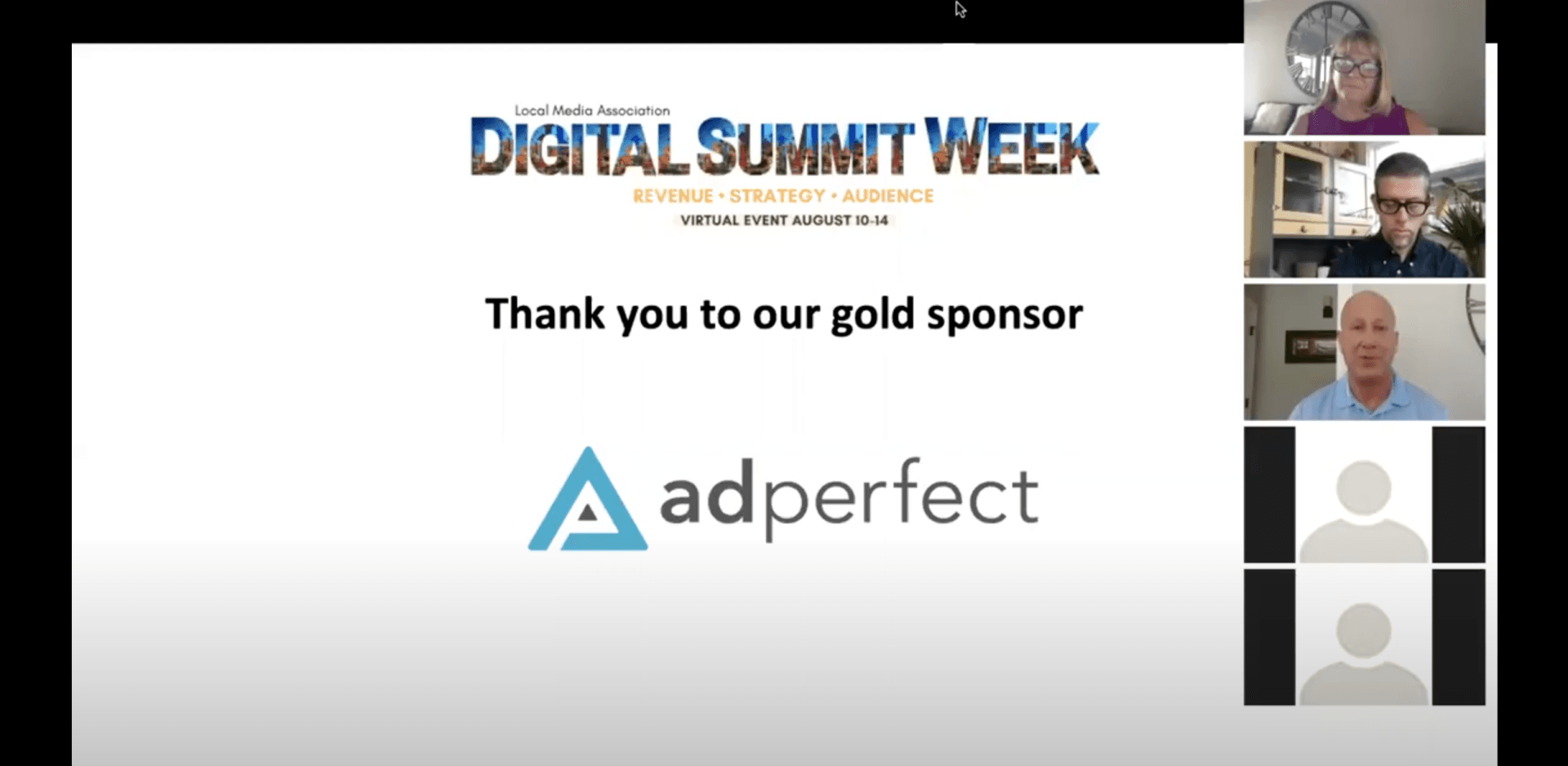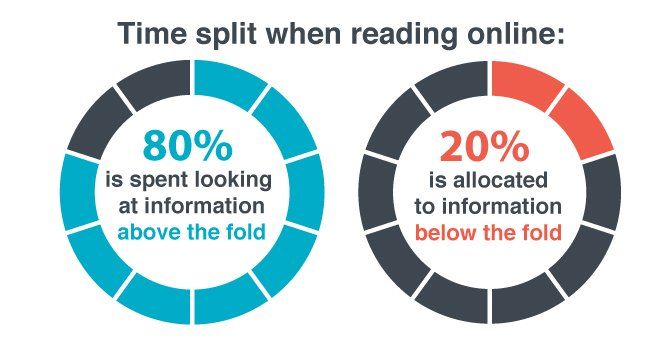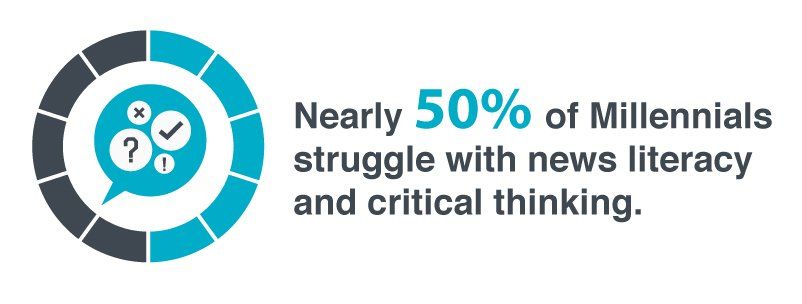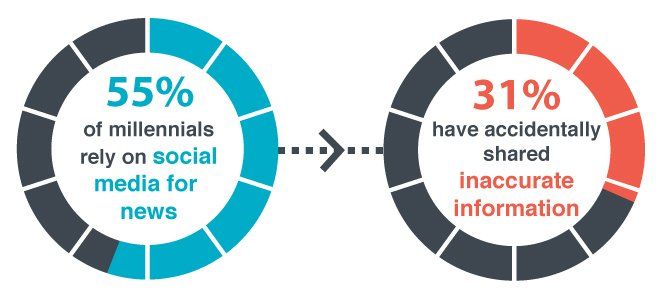How to Avoid Fake News
More links online are being distributed that seem questionable. Most people do not necessarily check what they are sharing. In increasing numbers, social media posts are full of misleading information through simple content and catchy images. Not only that, readers tend to easily accept articles that are in line with their own bias and assumptions. These red flags should push every online browser and reader to look out for specific details and elements to avoid fake news altogether.
Spot the common features
It is a proven fact that when we read a word, we mainly look at the first and last letter. We might miss the mistake on the spelling or actually read a similar word that has the same letters and confuse ourselves for a split second. The same is true when reading and sharing fake news online. The name of the website looks similar enough to the news sites but with one difference, the website url ends in “lo” or “.com.co”. Look out for some of these strange urls.
Other important components include poor grammar and countless typos. If the publisher of the content did not take the time to use a basic spell check, it is one of the sure signs they also did not take the time to properly research their news article. Not only that, be aware untraceable quotes that cannot be corroborated in Google or other online sources. If the article seems to only support one point of view, with all the supporting data focusing on one alternative – this dictates that the quotes and sources might not be easily found. Beware of content fallacies and inconsistencies.
Above all, images posted with news articles attract our attention. We have seen too many links on social media where celebrities are used to promote products or services. The same is true for false news. Photoshopped pictures are designed to grab your attention as you browse and scroll, with the intention that you click on the link. Take the time to review the photo with a longer glance before reading news information that is misleading.
Burst the bias bubble
Just because we have instant access to the internet through our cell phones, does not mean we know everything. Most news is actually researched and evaluated before publishing because reporters and publishers will be asked to show their sources. For every claim there is needs to be supporting evidence. When readers evaluate their options, their own bias and ignorance might lead them to wrong information, dismissing anything that is not right in their own eyes. Make sure to be more critical about everything you read and hear.
A practical way to avoid your bubble is to consider the opposite argument. Taking the time to think through the data provides a better guidance to judge the news shared. This can include also talking to people with opposing views and see their point of view. The facts that seemed very clear might not be so, once you gather more information to reexamine and possibly reconsider your thoughts.
Another point to recognize is curiosity. When a child, curiosity helped bring new discoveries in life. While in school, curiosity was the fuel to always ask questions about new information. In a way, being curious helps to overcome the short-sightedness all humans have towards opinions and alternative ways of thinking. As we grow older, most things in life become concrete and we lose our imagination for alternative options. Try to always keep an open mind as you read news and do some research before making a final decision.
Stop spreading it
Especially when it comes to sharing something on social media, no one takes the time to read the whole article and just looks at the headline. Most likely, just looking at how many people commented and shared it, provides a basis for why we just click to share. Ask yourself if you are only adding this to your profile just because it shows others that you care about this topic or you are actually adding to the conversation. No matter if you are sharing something on your blog, social media accounts or via email, always know what you are spreading or you might have to delete posts, provide a defense and recall emails.
Word of mouth is still the most popular way to share news; 85% to be exact. Basically, all of us online users are in a way reporters and publishers. We share our photos, thoughts and activities of the day. All your friends and followers actually read and consume what you share. They trust that you are giving them something valuable and worth looking at.
As consumers, with each technological innovation, we are becoming smarter and our habits are changing. People are looking for quick but worthwhile reads, useful information and a lot of visuals. Everyone is hoping someone will explain the details to them so they make their decision without too much work. So all our facts are based on the article title or subheadings within the article. Let’s stop allowing anyone to be reeled in by untrustworthy sources.













